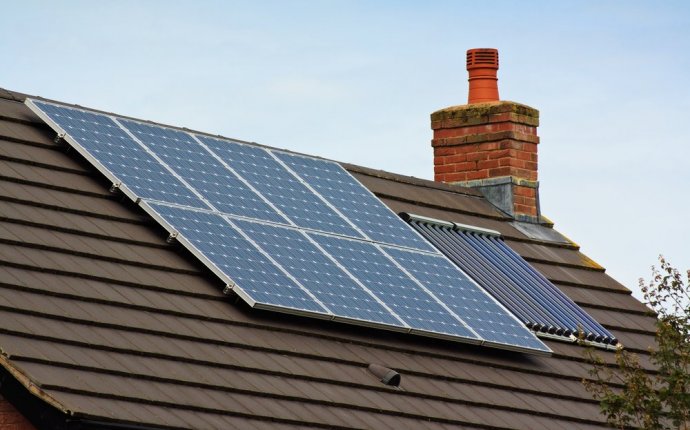
DIY Home solar Power
 You’ve evaluated the benefits of solar power, and you’re ready to purchase panels for your home. But do you pay for professional installation or go the DIY route and install the system yourself? Before you make a decision, consider the pros and cons of each.
You’ve evaluated the benefits of solar power, and you’re ready to purchase panels for your home. But do you pay for professional installation or go the DIY route and install the system yourself? Before you make a decision, consider the pros and cons of each.
DIY Solar Installation
Many people don’t realize that they can install their own solar panel system. This installation method isn’t without its challenges, but it has some sizeable payoffs.
First, let’s look at the pros of DIY solar installation.
Pros
- Lower Costs: Solar kits are less expensive than hiring a solar power company, as you don’t have to pay for a professional to install your system. It can cost between $7 and $9 per watt to have solar panels professionally installed, 1 meaning a 5 kilowatt (kW) system could cost between $35, 000 and $45, 000 before incentives. By installing a system yourself, you won’t have to deal with installation expenses, meaning you could bring pricing down to the $3-per-watt base cost. Those savings could bring the overall total to just $15, 000—or less, depending on panel make and quality—for a 5 kW system.
- Easy Access: As solar power has become a popular energy option for homes, you can purchase a home solar kit online at a wholesaler, like Solar Electric Supply, or at your local hardware store, like Home Depot. If you choose to work with a professional installer, you may have to wait several weeks to get the equipment and schedule an installation date. If you install the array yourself, you can do so on your schedule when you want.
Now, let’s look at the main cons of DIY solar installation.
Cons
- Complex Setup Process: While there are plenty of online tutorials for solar panel installations, you’ll still need to be familiar with construction and electrical work to properly install a home solar array. Beyond determining the size of your system and purchasing the equipment, you’ll need to carefully and correctly connect the panels and inverter, and then route wiring from the inverter to a battery or meter. If you aren’t comfortable working with electricity, there can be risks of fire or electric shock.
- Limited Application: Most solar kits are designed to be used off the grid, and utility companies often won’t let homeowners connect a solar array to the grid without the correct permits and sign-off from a professional. For the average homeowner who may still want to access electricity from their utility company, going off-grid can be problematic. If you do go off-grid, you’ll need to make sure your solar panels are producing enough electricity to meet your needs at all times.
DIY solar installation can be a great option for those who want to power an area outside of their home, such as a barn, shed, or RV, as these units are already off the grid and don’t require as much energy as a home. DIY solar installation may also be the best option for those are already living off the grid and feel comfortable figuring out the process on their own.









